Rome Attractions - Top 25 Landmarks & Things to do in Rome
Rome is a city full of museums, squares, Roman landmarks and other highlights. The Italian city has more to offer than just the main Rome tourist attractions like the Colosseum, the Pantheon and St. Peter’s Basilica in Vatican City. During your visit to this city, these are the top 25 of the most famous sightseeing and most popular Rome attractions. Click one of the must-see highlights, things to do or Rome landmarks for more information on this unique monuments, museum or tourist attractions:
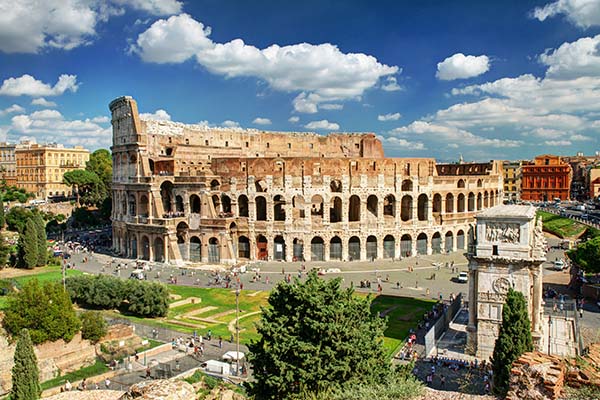 1. ColosseumThe number 1 attraction of Rome is the Colosseum; the large amphitheatre that housed 65,000 spectators in Roman days. Gladiators battled each other as well as wild animals in the Colosseum's arena. In the giant ‘ruins’ of the Colosseum, you can visit the stands, the arena and the underground spaces of the largest Roman amphitheatre. Because of the huge number of visitors, it is highly recommended to book tickets to the Colosseum in advance, which is considered one of the seven modern wonders of the world. More info of the famous landmark 'Colosseum'. | ||||||||||||||||||||||||||||
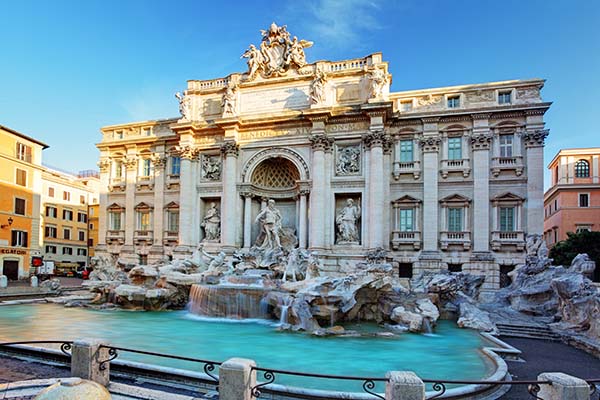 2. Trevi Fountain of RomeThe most famous fountain in Rome and perhaps even the world must be the ‘Fontana di Trevi’, or Trevi Fountain. This baroque fountain, located on the Piazza di Trevi, was built in the 18th century. The landmark and monument displays the god of the sea, Neptune on his chariot. No visit or Rome sightseeing is complete without tossing a coin in the Trevi Fountain, as this means the person throwing the coin will ‘one day return to Rome Italy’. | ||||||||||||||||||||||||||||
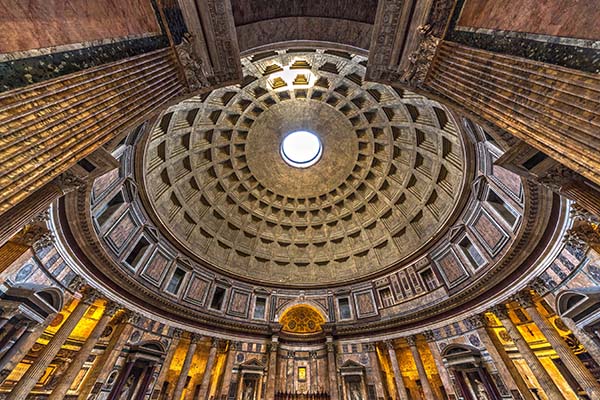 3. Must see: PantheonOne of the best maintained buildings from Roman times is the Pantheon. What function the building had in those days is still not clear, but the Pantheon was given to the pope by emperor Hadrian in 608. The current church has several unique funerary monuments (painter Raphael and a few Italian kings), as well as a remarkably large and open dome (oculus). During your city break in Rome, you can visit the Pantheon for free. | ||||||||||||||||||||||||||||
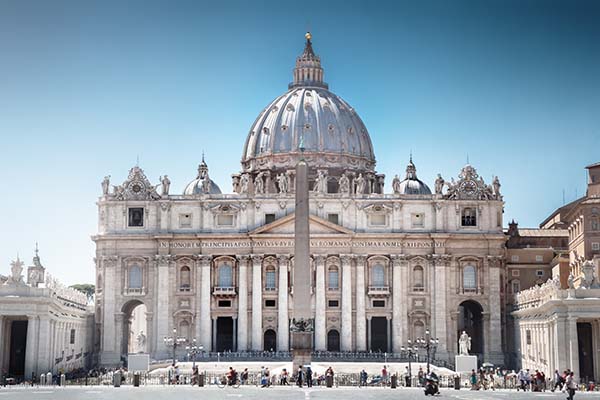 4. St. Peter’s BasilicaThe St. Peter’s Basilica, or ‘Basilica di San Pietro in Vaticano’ is the spiritual centre of the Catholic Church and residence of the pope. The enormous basilica, located in the independent state of Vatican City and next to St Peter's Square, was built on what is believed to be the grave of Peter. St. Peter’s Basilica contains masterpieces such as Bernini's baldachin and ‘La Pieta’ by Michelangelo, but you can also visit the crypts with 148 papal tombs. Plan your visit to St Peter's well ahead, or you will likely be standing in line for a long time. | ||||||||||||||||||||||||||||
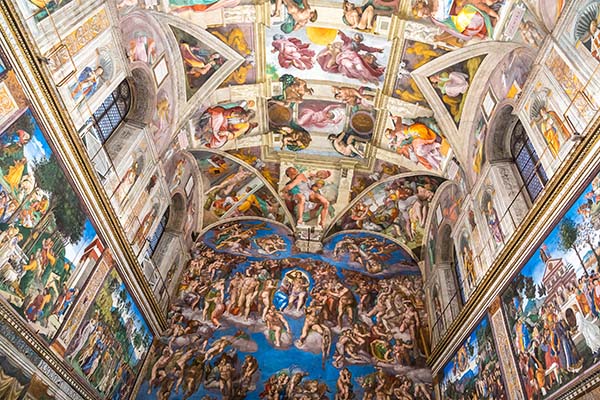 5. Vatican Museums & Sistine ChapelOver the centuries, the popes amassed an enormous art collection varying from Roman objects and religious relics to countless paintings. In the Vatican Museums you can visit 54 richly decorated rooms and view these art treasures of the Catholic church. The highlight for many visitors is likely to be the famous Sistine Chapel. The chapel with lovely frescos by Michelangelo that is mostly known as the site of conclave when a new pope is elected. Because it gets so many visitors, this attraction has by far the longest lines. Reserving skip-the-line tickets is a must if you do not wish to wait in the hot sun for over two hours. | ||||||||||||||||||||||||||||
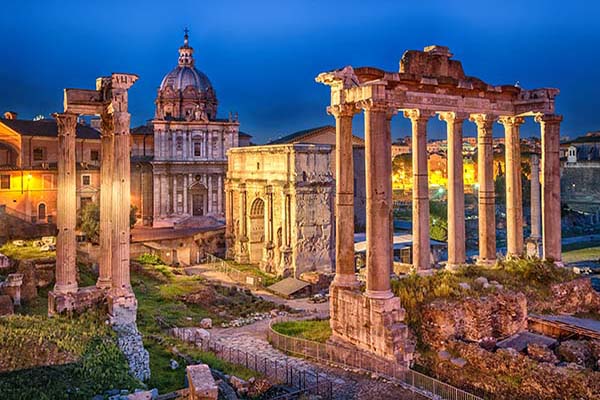 6. Roman sights of Forum Romanum & PalatineThe Forum Romanum was the centre of the ancient Roman Empire. During your visit to the Forum Romanum, you will walk past Roman excavations and the archaeological park full of old temples, arches, market halls and other important buildings built there by different emperors. Next to the forum lies Palatine Hill, where you will find excavations of imperial residences. More info 'Forum Romanum' | ||||||||||||||||||||||||||||
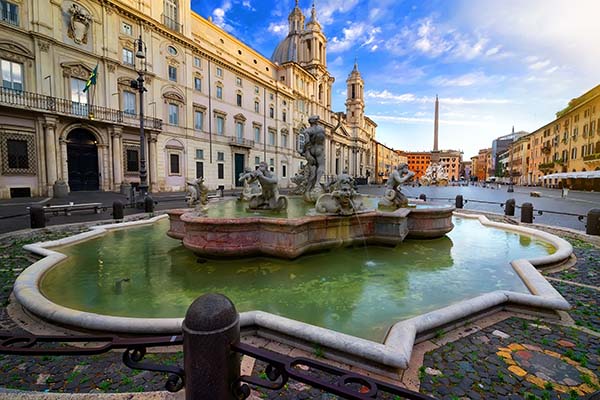 7. Piazza NavonaOne of the most remarkable squares in Rome is the Piazza Navona. The square therefore owes its elongated shape to its original purpose as a Roman athletics stadium. Interesting sights on the square include a number of fountains, such as the ‘La Fontana dei Quattro Fiumi’ by Bernini, an interesting obelisk, and you can visit the excavations of the old stadium of Domitianus. In addition, Piazza Navona is a lively square with many street performers, cafés and terraces. | ||||||||||||||||||||||||||||
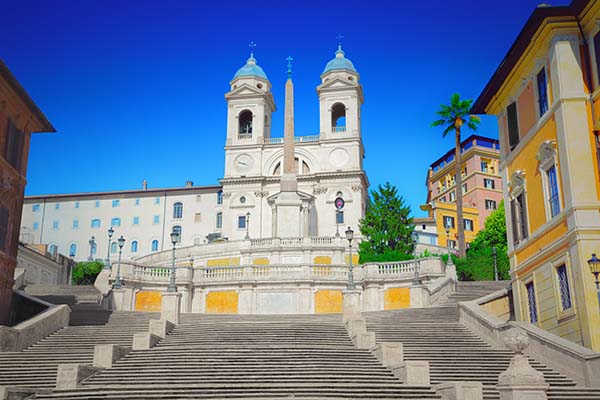 8. Spanish Steps (Piazza di Spagna)At the foot of the French church ‘Trinita dei Monti’ lie the 135 steps of the Spanish Steps. The Spanish Steps decent to the Piazza di Spagna, where you will find a distinctive fountain by Pietro Bernini. The 18th-century Spanish Steps have grown into a tourist hotspot, and the top of the stairs offers a gorgeous view of Rome. | ||||||||||||||||||||||||||||
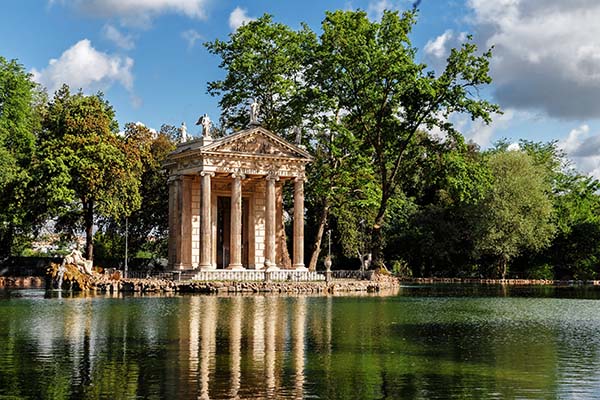 9. Galleria & Villa BorgheseThe name ‘Villa Borghese’ refers to the largest and most beautiful park in Rome. At one time, this estate belonged to the very wealthy cardinal Scipione Borghese, and was built around the villa of the same name. Since 1903, it has been in the possession of the municipality of Rome and serves as a public park. The ‘Galleria Borghese’ can also be found in the park, a museum displaying the large private art collection of Borghese. The gallery contains sculptures and paintings by artists such as Caravaggio, Rubens, Bernini and Leonardo da Vinci. | ||||||||||||||||||||||||||||
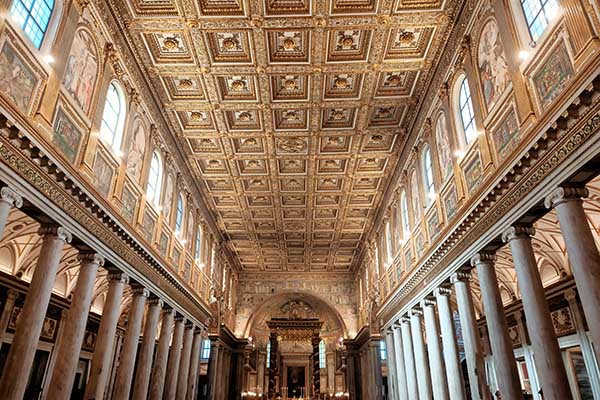 10. Basilica di Santa Maria MaggioreThe Basilica Papale di Santa Maria Maggiore is one of the four papal churches and the largest Marian church in Rome. The church on the Esquiline hill is from the 5th century and still contains many authentic mosaics. It also has a distinctive golden ceiling. It is said that there are even pieces of wood from the crib of Jesus under the altar. | ||||||||||||||||||||||||||||
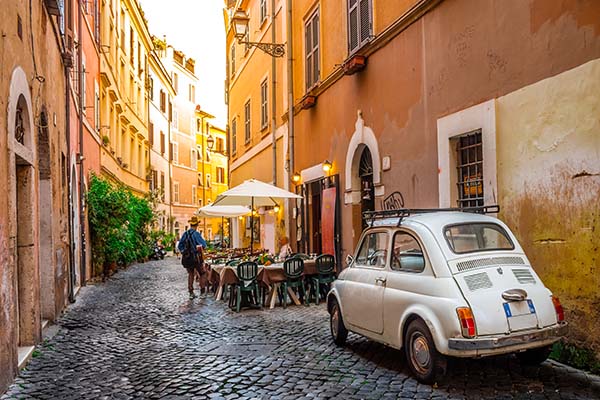 11. Sights of TrastevereOn the opposite bank of the river Tiber lies the old working-class neighbourhood of Rome. Trastevere is a typical Italian neighbourhood where you can get lost in a maze of narrow streets, see old medieval houses, and go for a lively night out in the area's many restaurants and bars. | ||||||||||||||||||||||||||||
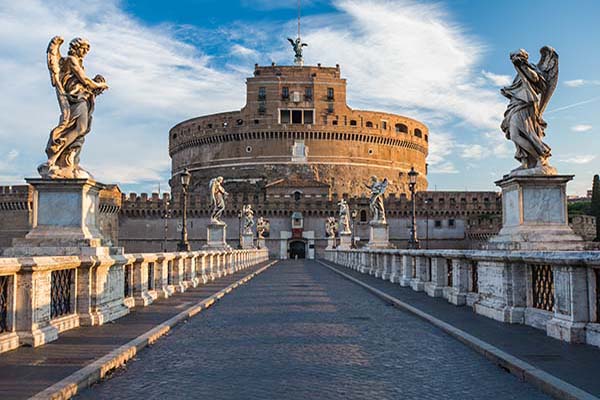 12. Castel Sant’AngeloOriginally, the 2nd-century Castel Sant’Angelo, or Castle of the Holy Angel, was a mausoleum for emperor Hadrian. After archangel Michael appeared here in 590 and ended a plague, pope Pius II had a large bronze statue of the angels placed on top of the castle. The Castle of the Holy Angel was part of Rome's defences and offered a place where popes could shelter, as the Vatican was connected to it by a tunnel.
|

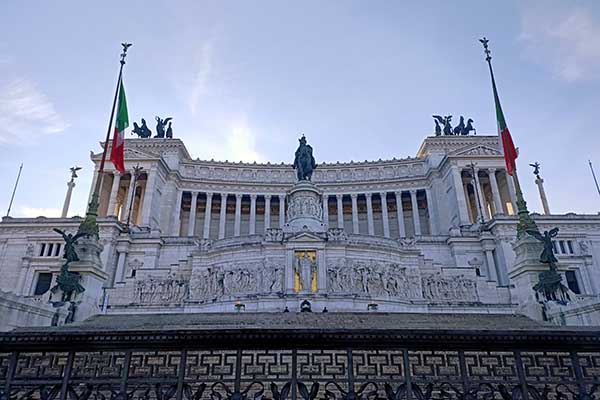
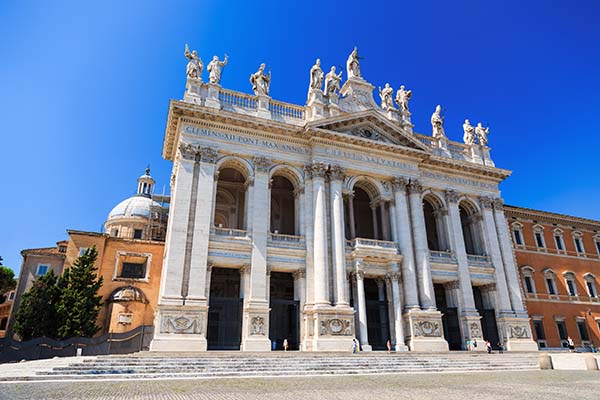
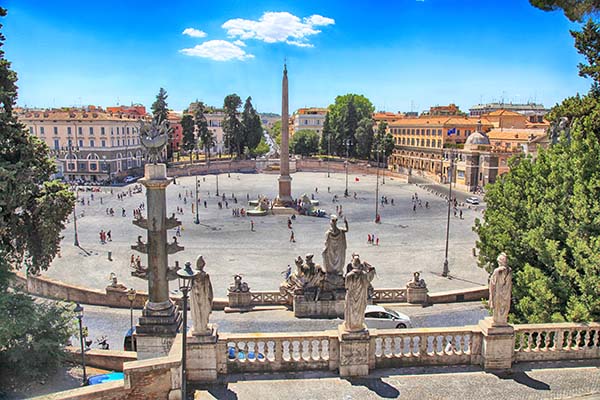
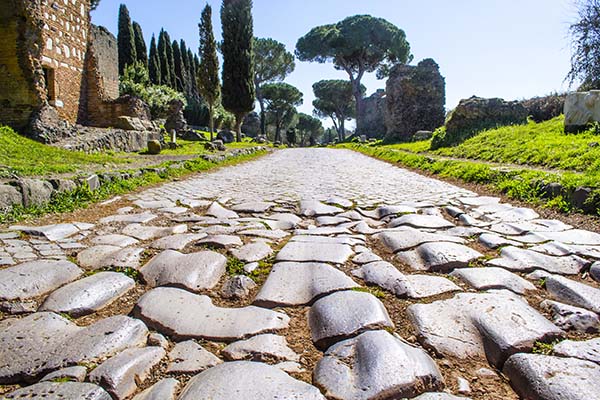
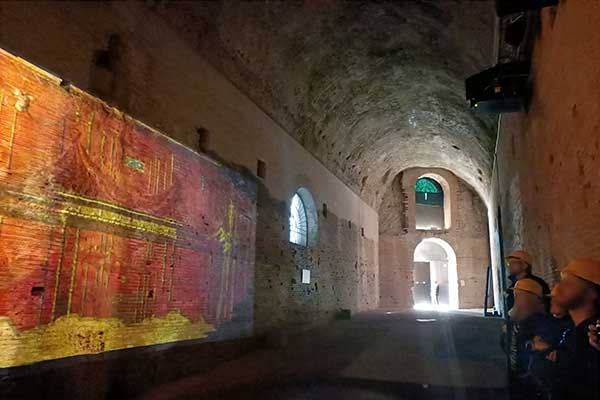
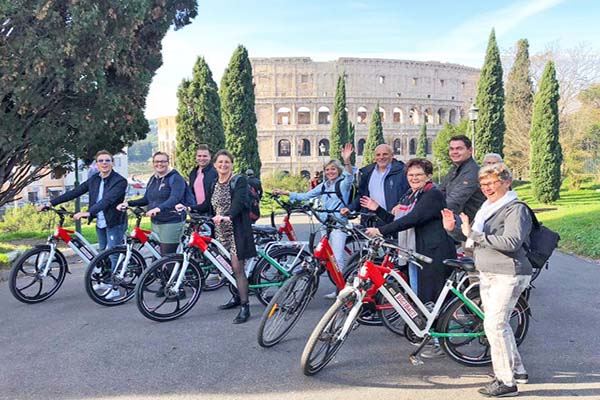
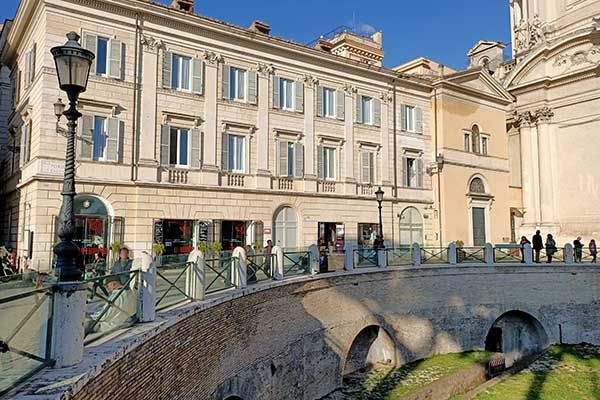
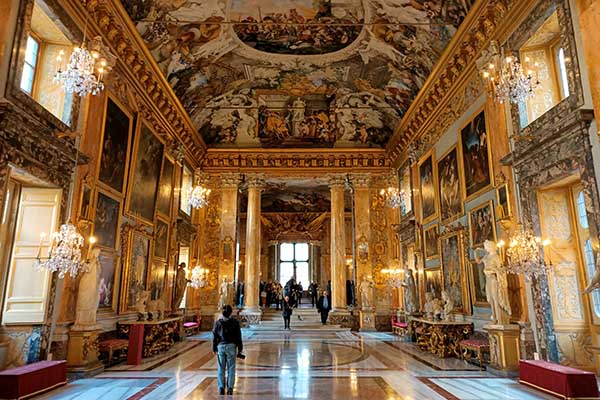
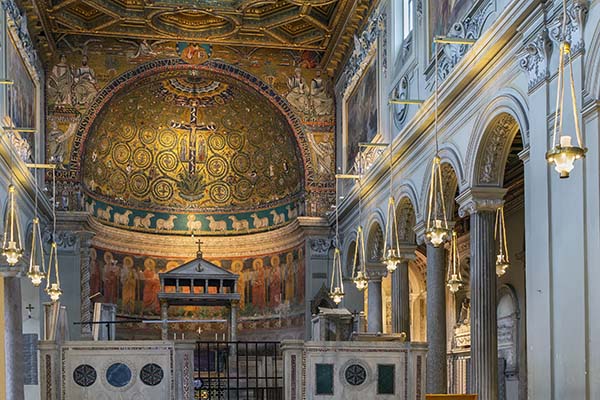
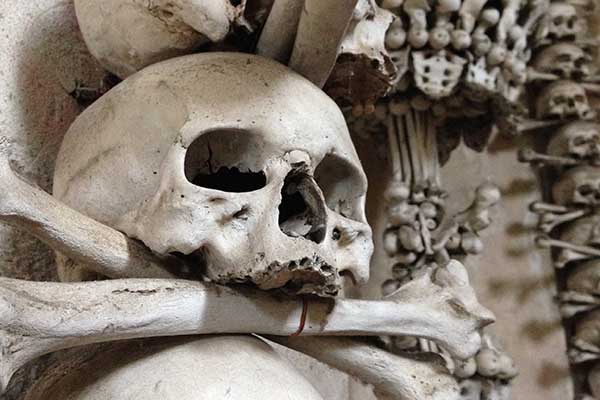
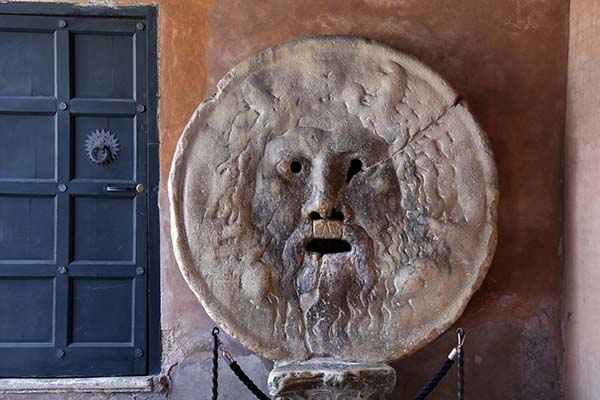
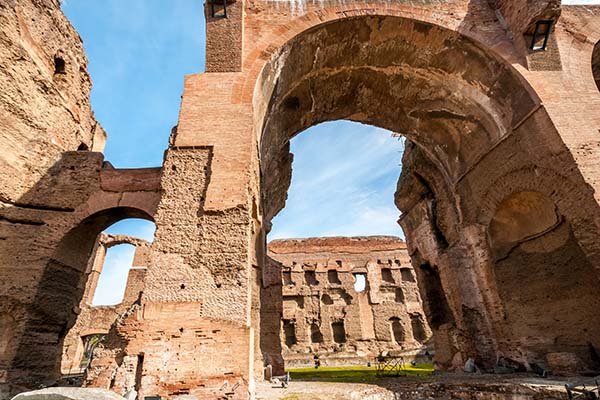
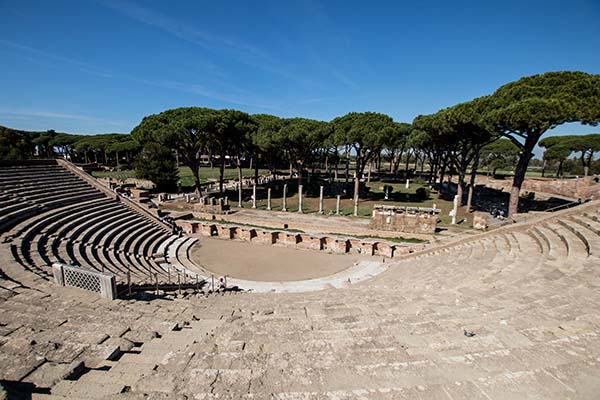
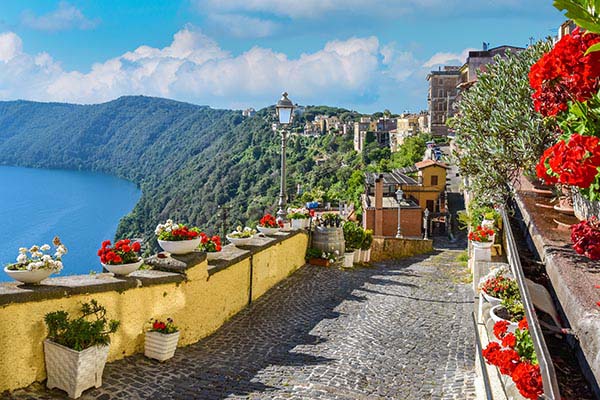



0 Comments